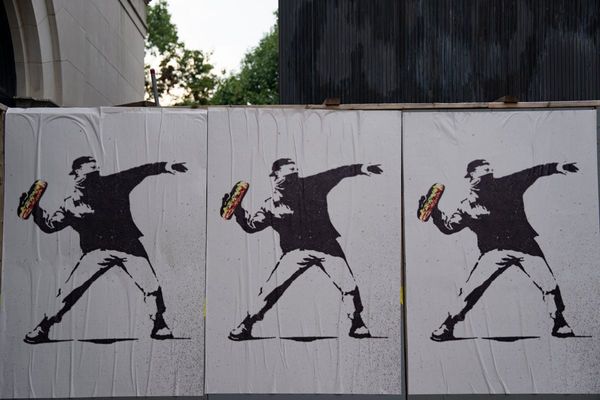
It was during the worst months of Covid that the playing fields of Eton and the vast grounds owned by hundreds of other private schools first became a matter of serious public concern. Social-distancing rules meant many children attending state schools were corralled into concrete playgrounds or sent home while their wealthier counterparts were enjoying acres of spatial freedom in gated communities.
It wasn’t long before the cry went out for private schools to open their gates to their state school neighbours. Very few schools answered that call. Today we learn the true extent of the inequality between the green-space premium enjoyed by fee-paying pupils over state-school children. A Guardian investigation has found that children at the top 250 English private schools have more than 10 times as much outdoor space as those who go to state schools.
Recreational space is vital to a child’s development. The right to play is included in article 31 of the UN Convention on the Rights of the Child which recognises “the right of the child to rest and leisure, and to engage in play and recreational activities appropriate to the age of the child and to participate freely in cultural life and the arts”.
While state schools have been selling off their playing fields (223 between 2010 and 2020), wealthy private schools have been acquiring more and more land. The disparity between the recreational experience of someone attending a state school and someone at private school is wider than ever. There are 1,395 member schools of the Independent Schools Council. Almost half have their own swimming pools, 759 have artificial-turf pitches and 90 offer rowing on their lakes and rivers. By contrast, reports suggest much lower numbers for the public sector, with just 15% of state primary schools in Britain overall, and about a quarter of state secondaries in England, owning a swimming pool.
This was not the intention of the Christian benefactors who founded the first English public school more than 600 years ago. The story of our public schools began in late-14th-century Hampshire, when William Wykeham, Bishop of Winchester and chancellor to Richard II, founded the country’s first, Winchester college. It was “public” because Wykeham ensured the school was open to all the community’s children regardless of their family’s circumstances or religious practices.
But Wykeham went further and he instituted statutes stipulating Winchester would take 70 children from “poor and indigent” Winchester families and grant them a free education. Other medieval, Christian philanthropists followed Wykeham’s ideals and founded more public schools endowed for the education of the poor. Among them were Eton, Harrow, Westminster and St Paul’s. And so the public school movement was born.
At Winchester and Eton, fees were capped so that the rich and wealthy, the nobles and aristocrats, could not use the schools and their grounds to educate their own privileged scions. In this way public schools were the social mobility engines of their day, taking poor children to the highest offices in the land.
But they soon became victims of their own success, sending too many low born to Oxford and Cambridge, and also on to too many top jobs in the higher offices of church and state.
These charity schools attracted the jealous attention of the aristocracy, the merchant classes and later the beneficiaries of the Industrial Revolution, who wanted the same education and best jobs for their own children. They paid off the trustees of the schools and hired lawyers to rewrite the endowments, charters and statutes that blocked the entrance of their own children. In short, they took Wykeham’s dream of free education for the poor and crushed it.
And this remains the character of most of our public schools today: around 600,000 children attend private schools in the UK, yet less than 2% receives a free education. These 6,000 genuine cases who do wholly benefit from scholarships and bursaries are the brightest and most gifted children of their communities – talented sportspeople, mathematicians, artists and musicians. Our public schools are commercial enterprises masquerading as charities.
Today they compete against each other by offering more and more facilities and services contained in larger and larger hermetically sealed estates. A school such as Harrow, which has 300 acres, is bigger than east London’s Victoria Park.
Four years ago, when Covid wreaked economic havoc across the country and brought education to a standstill, hundreds of thousands of disadvantaged children suffered, falling further behind in maths and English. Private schools had the classroom space and the grounds to continue to educate their pupils within the social distancing rules. But instead of opening up their grounds to the public they gamed the Covid-era grading system so that their pupils did better than state-school children.
It is time the playing fields and private parks of our public schools, bestowed on towns and villages by Christian benefactors for the benefit of the community, are fairly shared with state schools.
Robert Verkaik is an author and journalist specialising in extremism and education







